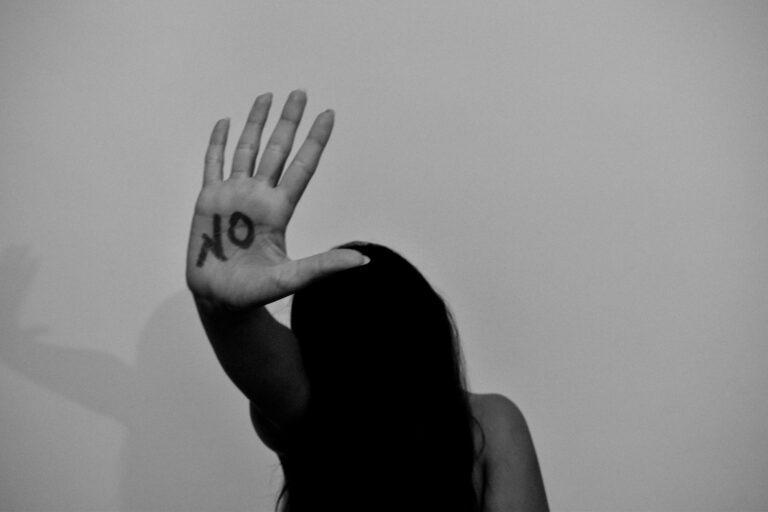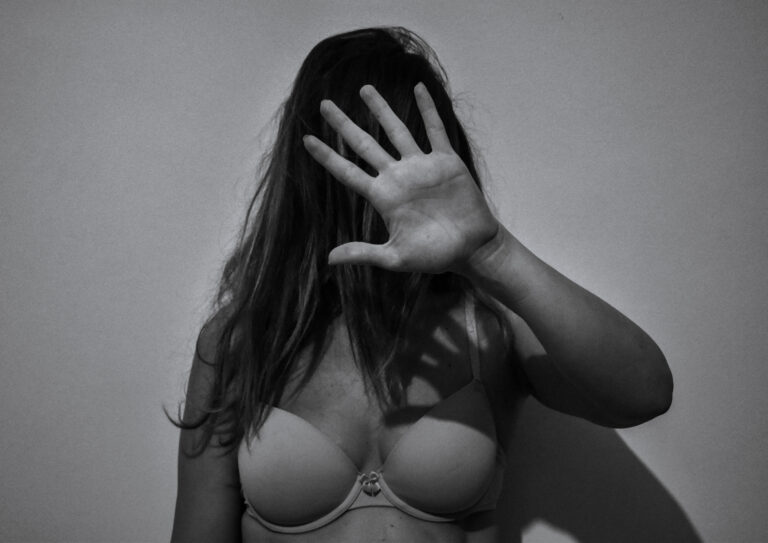Benvenuto sul mio sito
Human trafficking: the EU’s fight
November 18th marks the World Day Against Human Trafficking, an important occasion to raise public awareness about the need for more effective policies to prevent and combat this heinous crime. Human trafficking affects all OSCE member states, both as countries of origin and destination. This issue touches on human rights, the rule of law, law enforcement, and crime prevention, as well as inequality, discrimination, corruption, economic hardship, and migration, impacting every nation. New conflicts, climate change, and increasing inequality and poverty continue to leave millions of people vulnerable, impoverished, and isolated around the world.
WHAT IS HUMAN TRAFFICKING?
The European Directive has adopted a new, broader definition of human trafficking, as defined in Article 3 of the United Nations Protocol. “Human trafficking means the recruitment, transportation, transfer, harboring, or receipt of persons, by means of the threat or use of force or other forms of coercion, of abduction, fraud, deception, abuse of power or of a position of vulnerability, or by giving or receiving payments or benefits to achieve the consent of a person having control over another for the purpose of exploitation.”
Forms of trafficking are varied; from prostitution and other forms of sexual exploitation to forced labor or similar practices, enslavement, or organ removal. Most victims are women and children, but statistics also show an increasing number of men. Territorial Commissions have some guidelines; the so-called 3Ps: prevention, prosecution (criminal justice), and protection. In 2013, the OSCE added a fourth “P” – a chapter on partnerships, emphasizing the need to enhance cooperation with international organizations and other partners, including in law enforcement.
WHAT IS THE EU’S COMMITMENT?
The Council of Europe Convention No. 197 on Action Against Trafficking in Human Beings, adopted in Warsaw on May 16, 2005, and entered into force on February 1, 2008, was developed to “strengthen the protection established by the Protocol and to develop its provisions.” In 2011, the European Parliament and Council issued Directive 2011/36/EU concerning prevention and prosecution. The core of the text is the broad definition of “trafficking” and “exploitation.” Open to the accession of any country, the Convention obliges states to adopt measures to combat the phenomenon. To ensure compliance with this provision, it established a control and monitoring mechanism consisting of two bodies: the Group of Experts on Action against Trafficking in Human Beings (GRETA) and the Committee of the Parties. Among the many provisions of the text, GRETA, the group of experts responsible for monitoring the States Parties’ implementation of the Convention, is of particular importance. GRETA includes a mechanism for assessment and control to avoid duplication of efforts and to ensure coordination between international organizations with expertise in counter-trafficking actions.
GRETA
The Group of Experts (GRETA) was established under Article 36 of the Council of Europe Convention on Action Against Trafficking in Human Beings and has the function, along with a Committee composed of representatives from the States Parties to the Convention at the CM, to monitor the implementation of the obligations contained in the Convention. It consists of 10-15 independent experts from signatory countries with various professional backgrounds, elected with respect to the principle of geographical balance and gender parity for a four-year term, with the possibility of renewal. Legal experts, officials, doctors, law enforcement representatives, psychologists, and civil society representatives monitor individual states to ensure compliance with the Convention’s provisions. If deemed necessary by GRETA, additional information may be requested from civil society organizations or obtained through country visits. A draft report is sent to the concerned state for comments. Once received, the Group prepares a final report with its conclusions and sends it to the concerned country and the Committee of the Parties, which may issue recommendations based on the document’s content. Each country appoints a contact person who cooperates with the Group of Experts, distributes the questionnaire to various national bodies, coordinates their responses, and sends a consolidated version of the questionnaire comments to GRETA.
GLOBAL JOINT INITIATIVES TO ADDRESS HUMAN TRAFFICKING
With 57 participating states across North America, Europe, and Asia, the Organization for Security and Co-operation in Europe (OSCE) is the largest regional security organization in the world. The OSCE adopts a comprehensive approach to security, which includes political-military, economic, environmental, and human dimensions. As a member of the OSCE Alliance, UNHCR has played a key role in preventing human trafficking. In 2006, UNHCR applied Article 1A(2) of the 1951 Geneva Convention and/or the 1967 Protocol on Refugee Status to trafficking victims and those at risk of becoming victims. The Agency is responsible for preventing the risk of exploitation of refugees, asylum seekers, and other people under its protection. Additionally, it is tasked with ensuring that individuals who are victims of trafficking or fear becoming so, and who meet the international definition of a refugee, are recognized as such or receive the international protection they are entitled to. At the international level, UNHCR collaborates with various organizations, including UNODC, UNICEF, OHCHR, UNFPA, ILO, and IOM, to develop joint global initiatives against human trafficking, which require a multi-agency, multi-sectoral, and human rights-centered approach. In 2020, UNHCR and IOM published the “Joint Framework on Developing Standard Operating Procedures for the Identification and Protection of Victims of Trafficking,” improving referral mechanisms and strengthening cooperation between the two agencies. Furthermore, UNHCR is part of the ICAT (Inter-Agency Coordination Group against Trafficking in Persons) working group, contributing its expertise to documents such as the 2017 note on the correlation between refugee status and human trafficking.
CONCLUSIONS
Human trafficking represents one of the most severe human rights violations, a global scourge that affects millions of people each year, exploiting their vulnerabilities for profit. Addressing this phenomenon requires a concerted effort from governments, international organizations, civil society, and individuals. Only through prevention, strengthening laws, and assisting victims can we hope to break the cycle of modern slavery. It is essential that awareness and collective commitment grow to combat this inhumane form of exploitation and build a future where the dignity of every person is fully respected.




